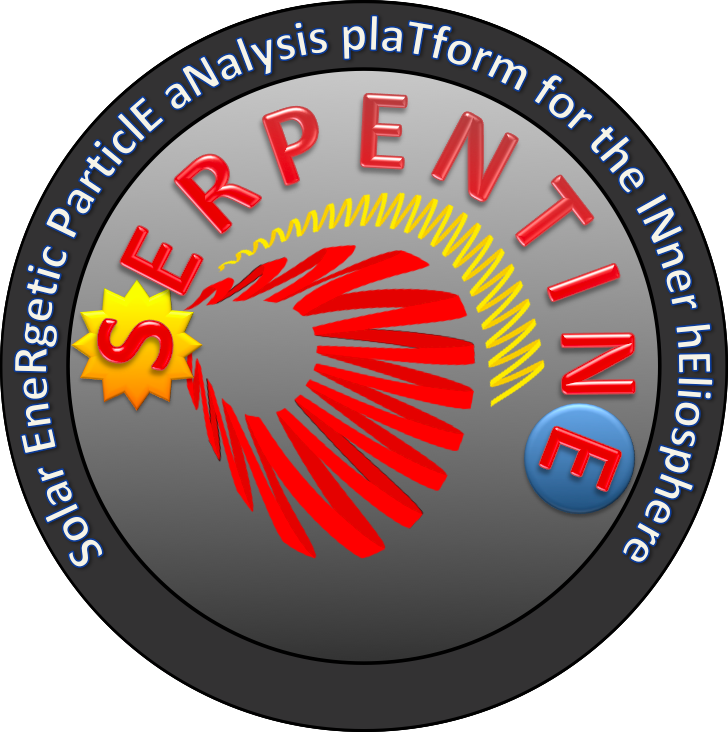The SERPENTINE consortium is leading several research efforts into the behavior of interplanetary (IP) shock waves, driven by solar activity such as coronal mass ejections. IP shocks are natural particle accelerators and play a key role for energy conversion in the solar system. Even though they are routinely observed by means of the instrumentation on-board spacecraft, many aspects of how IP shocks work remain elusive, also due to the fact that IP shocks are much harder to observe than the Earth’s bow shock, standing in front of our planet and resulting from its interaction with the supersonic solar wind.
SERPENTINE exploited the novel observational window for particle acceleration provided by Solar Orbiter, yielding direct observations of energetic particles at unprecedented time and energy resolution. Recently, interesting, small-scale irregular signals in energetic particle measurements, impossible to resolve with the capabilities of previous missions, were observed prior to an IP shock arrival (30 minutes before the shock crossed Solar Orbiter, see Figure 1, left).

Such irregularities, found to last about 30 seconds, were linked to the small-scale, complex features of an interplanetary shock transition producing energetic particles in an irregular fashion (Figure 1, middle panel). Thus, the irregularities in energetic particles contain information about the complex, restless anatomy of a shock wave, characterized by time and space irregularities in a wide range of scales.
This study demonstrated that the inherent variability of collisionless shocks, poorly investigated in heliospheric and astrophysical systems beyond Earth’s bow shock, is crucial for efficient energetic particle production. The results, published in the Astrophysical Journal Letters, are supported by self-consistent numerical simulations, that have been conducted with parameters similar to the observed shock and show indeed an irregular shock transition producing energetic particles in an irregular fashion (Figure 1, right). Finally, these results are relevant for the study of remote astrophysical systems where shock front structuring cannot be resolved, such as galaxy cluster shocks.
References
Trotta, D., et al. (2023), Irregular Proton Injection to High Energies at Interplanetary Shocks. Astrophys. J. Lett. 957, L13. https://doi.org/10.3847/2041-8213/ad03f6
